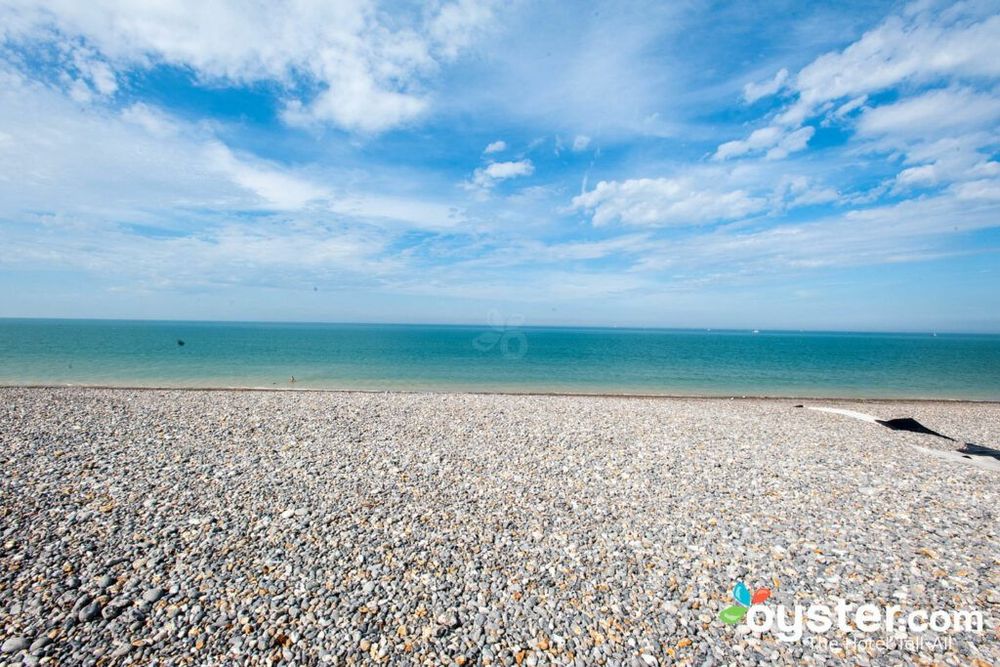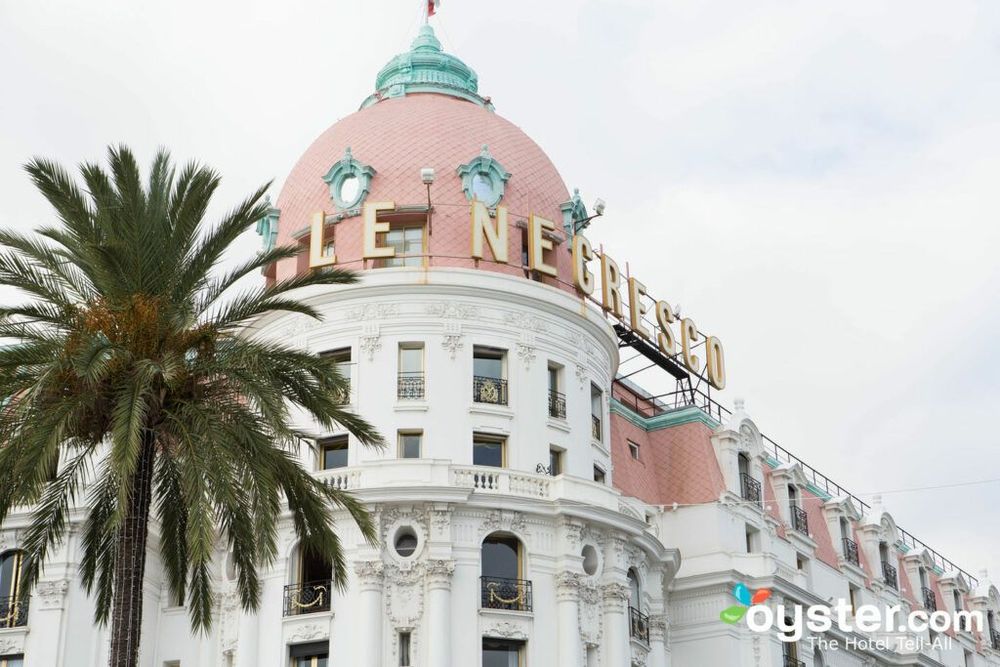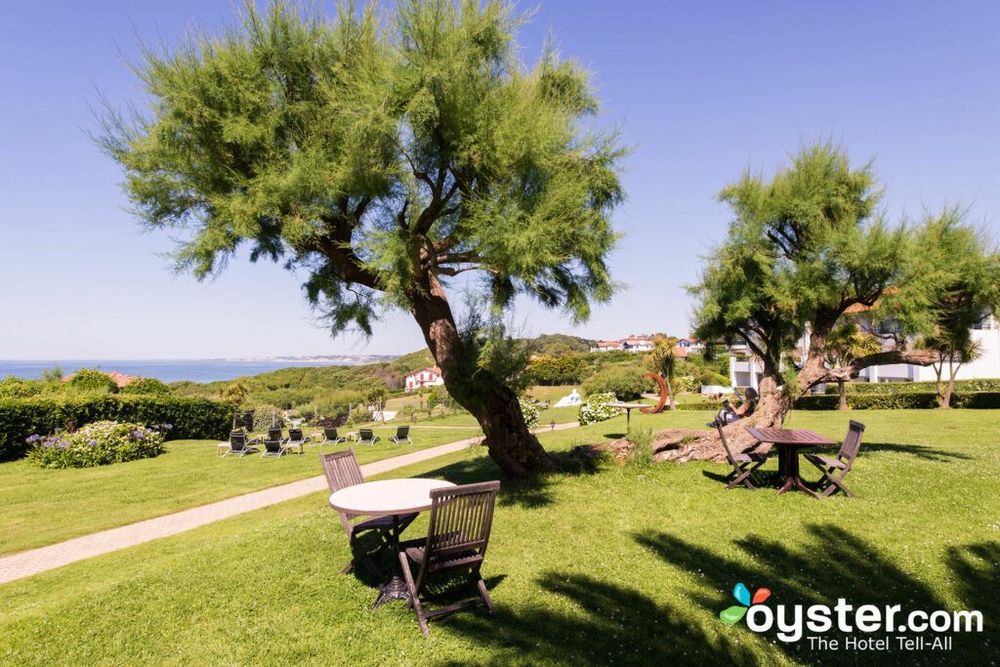The Ultimate Guide to the Regions of France
-
Ile de France
-
The Loire Valley
-
Brittany
-
Normandy
-
The North
-
Champagne
-
Alsace-Lorraine
-
Burgundy
-
Lyon and the Rhone Valley
-
Bordeaux and the Wine Country
-
Provence
-
The Cote d’Azur (aka The French Riviera)
-
The Basque Country
-
Corsica

On the other side of the Atlantic, we tend to think of France as a vaguely star-shaped country with Paris as a dot somewhere toward the middle of the top half. Maybe we’re vaguely aware of the regions of France with names that match our favorite wines: Champagne? Bordeaux? Pinot Noir? OK, not that last one. And to make things even more convoluted, France had 22 official overarching regions that were mushed into 13 in 2016 (Langue-Roussillon and Midi-Pyrenees became Occitanie, for example).
But to keep things simple, we won’t focus on these bureaucratic changes. Instead we'll give a straightforward primer on the most well-traveled regions in France and what they offer visitors historically, culturally, and gastronomically. It’s worth getting a handle on the regions below. After all, Brittany, the Loire Valley, and Provence are so incredibly different, it’s like comparing Texas, California, and Maine. Here’s a handy cheatsheet on what each of these regions has to offer so you can start plotting your trip to La Belle France.

Ile de France is the starting point for most travelers. Here’s where Paris sits in all its Belle Epoque glory. But it also has other blockbuster tourist sights including the incredible chateaux of Versailles and Fontainebleau. (The latter is a good alternative if you want palace grandeur without overwhelming crowds.) The Seine squiggles through this region on a diagonal, crossing through Paris, giving a popular route for river cruises. Families take note: This region is also where you’ll find Disneyland Paris, which is actually to the east of the capital in Chessy.

If you’re cuckoo for castles, the Loire Valley will more than satisfy your passion for royal residences. This region is stuffed with some of the most dazzling chateaux of Europe, including Catherine de Medici's former digs, the Chateau de Chenonceau, which seem to levitate above the water on a series of arches. Then there's the Château de Chambord, a Renaissance marvel influenced by Leonardo da Vinci. But the Château d'Azay-le-Rideau gets our vote for the ultimate fairy-tale castle complete with pointed turrets capping rotund towers all surrounded by the Indre River. There’s also a fair amount of wineries in the regions, when you want to take a break from all the aristocratic grandeur.

This little ear of France, sticking out off the west coast, is known for producing the country’s best butter and its best crepes. But foodies also enjoy the region’s famed oysters, cider, and its crisp white wines. Its wet and lush coastline, beachside cottages, and half-timber houses can feel a bit reminiscent of Cornwall in England or Swansea in Wales, with good reason. This region has Celtic roots, and many of the families here were originally transplanted from those areas. Highlights include Rennes, the capital city of this region, with its incredible food market, and the medieval walled city of Saint-Malo, which really stands apart from the rest of Brittany with its own history of privateering.

For many Americans, Normandy conjures images of D-Day beaches and pivotal World War II battles. And that history is certainly honored and displayed here with museums and memorials where travelers can revisit the past and honor lives lost. But Normandy’s is a vast region with much more of note, including the sweet little city of Rouen, which served as one of Claude Monet’s favorite subjects in his impressionist paintings. On the coast, Le Havre serves as the principle port for large cruise ships coming to France. And cheese lovers should chase down a wheel of Camembert, which is created in this region in the namesake town.

The tippy-top of France, once considered Nord-Pas de Calais, has now expanded into the newly named Hauts-de-France region as of 2016. But however it’s labeled, this area has always had its own distinct flavor. Culturally and geographically, the north has much in common with its neighbor, Belgium. Indeed, you’ll find buildings with the stepped gables so typical of the Netherlands and Belgium, and you might even hear Flemish being spoken on the street. A good place to start getting acquainted with the region is the city of Lille, which boasts a spectacular town square and the patisserie Meert that specializes in pressed waffle cookies, merging the best of France and Belgian flavors.

Jubilant. That's the word that describes Champagne, the fizzy drink that tops off every celebration from weddings to birthdays to promotions. It's also the word that best describes wine-lovers when they come to visit this region. As oenophiles know, the bubbly that's bottled here is the real deal -- only sparkling wine from this region can rightly be called Champagne. (If it comes from another region in France, it's called Crémant.) As the story goes, local monk Dom Pérignon was supposedly so giddy when he first tasted Champagne he said, "Come quickly, I am tasting the stars!" Whether that's true or not, it certainly captures the mood of a tasting here as travelers cross the Champagne Routes of regional vineyards and wineries. But apart from sipping your way through the local bubbly, travelers can also visit the region's incredible cathedrals, hike the countryside, or take in the museums of Reims.

Don’t bother checking your GPS when you arrive to this region -- despite the timber-framed houses and an excess of pork, sausage, and sauerkraut, you have not crossed the border into Germany. But given its appearances, it probably won’t come as a surprise that this region was part of a tug-o-war and from 1871 to 1918 it was part of the German Empire. That said, Alsace-Lorraine is also exceedingly French. After all, this is the birthplace of foie gras. For many travelers, this area represents the best of both worlds, a place where both excellent wine and top-notch beer can be appreciated. For the former, many travelers head along Alsace’s Route du Vin, to sample various bottles and weave through enchanting towns. Others are quite happy to settle into Colmar, which is arguably the most iconic town in the area stuffed with cobblestone streets, canals, and sweet little houses that feel lifted out of the pages of picture books.

Noteworthy wine is easily found throughout all of France. But for oenophiles, Burgundy is a must-do, bucket-list pilgrimage. Here travelers can traipse through vineyard after vineyard and sample some of the country's top bottles. Although the name Burgundy is associated with an ox-blood red color, both red and white wines are produced here -- and their prices can be astronomical. But more humanely priced bottles can be found, and travelers can also sample the regions signature dishes that emphasize wine, like beef bourguignon. Foodies also appreciate visiting the city of Dijon, which -- you guessed it -- is famed for mustard. Although the city's historic center, declared a UNESCO World Heritage Site, gives yet another solid reason for a visit.

Ask any in-the-know foodie where you'll find the best dining in France, and chances are they'll steer you away from Paris and toward Lyon. It may be the country's third-largest city, but Lyon is often considered number one when it comes to gastronomy. Or as famed French chef Daniel Boulud said in Saveur magazine: “In Paris the cooking was fancier. … Here it was the cuisine 'bourgeoise.' The food was gutsier.” And those culinary gambles have paid off earning countless Michelin stars for local chefs. Travelers can also work up an appetite touring the city's incredible museums. Those looking to continue their gastronomic hedonism can set off into the Rhone Valley to seek out the area's wines and its private wineries -- which are almost 2,000 in number -- giving more than a lifetime of bottles to sample.

Many regions in France are associated with wine, but Bordeaux is arguably the most strongly linked to viniculture, and many oenophiles make this their first stop when sipping (or slurping!) their way across the country. Wine production here dates back to the days of Ancient Rome. Early on, the region became known for sweet whites and roses, before finally settling on the big bold reds the area is now known for. Today 90 percent of the wine made here is red, and several have Cru classifications (a designation for top-tier wines). Of course between winery stops, travelers have a whole range of towns and countryside to explore, plus the city of Bordeaux itself, a walkable urban hub full of museums and -- yes -- a cultural center (La Cité du Vin) devoted to everyone's favorite fermented grapes.

Provence is a pure fantasy immortalized in countless impressionist paintings, films, and writing by authors like Peter Mayle. The languid, sunny towns and cities in this region invite both foreigners and and French people to abandon work and spend the day playing a game of "petanque" or dosing in a deck chair -- preferably one overlooking a vineyard. The city of Aix-en-Provence, Cézanne’s birthplace, is an excellent starting point, with sunbaked streets and leafy promenades. But Avignon makes a worthy detour with its Palais des Papes, once the home of Pope Clement V. Others would insist that no vacation to Provence is complete without a trip to Arles’ Roman amphitheater. But wherever you go, definitely take time to drink plenty of wine and stop and smell the lavender.

The high-voltage glamor of the French Riviera is put on display every year with the Cannes Film Festival, when international movie stars crowd this coastal region and work the red carpet with paparazzi in tow. But even when the festival isn’t in full swing, this region has plenty of bling to spare. Apart from Cannes, Saint-Tropez and the independent state of Monaco also draw plenty of travelers with its luxury yachts and black-tie casinos. Nice is the largest city here, and a bit more democratic in its beach scene. But regardless of which beach you pick, you can be sure you’ll find a festive vibe and plenty of topless sunbathing.

A country within two countries, this region actually straddles the border between Spain and France, yet it holds itself entirely separate from either. One look at the Basque language (Euskara) will show you just how independent this region is from the rest of France. ("Bonjour" becomes "kaixo.") But not to worry, Basque people can and do speak French, and the cozy villages in the region are quite welcoming. Endear yourself to locals by cheering for the local sport of pelote. It's also worth brushing up your Spanish to cross the border and do a day trip to one of the region's most famed city, Bilbao. Outdoor adventurers can also make this a pitstop on their way to the Pyrenees.

When it comes to plotting a vacation in France, Corsica is often overlooked. And that’s a crime, because this island has an incredible Mediterranean climate and stunning geography that could rival any place on the mainland. Outdoor enthusiasts will be spoiled for choice with mountain biking and horseback riding. But broad sandy beaches, historic sites, and the lovely city of Ajaccio can be appreciated by all. Set halfway between France and Italy, Corsica maintains a separate identity, and residents feel intensely proud of their own distinct culture, which can feel a bit ironic as arguably the most famous Frenchman of all, Napoleon, was born here.
NOW WATCH: 6 Most Adorable Towns in France
https://www.youtube.com/watch?v=GwnCYaoUON4
You'll Also Like: